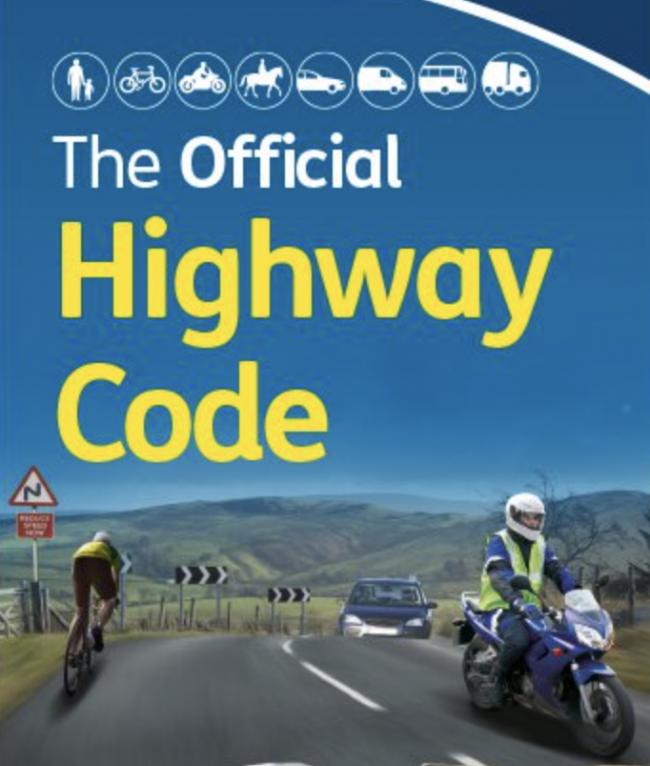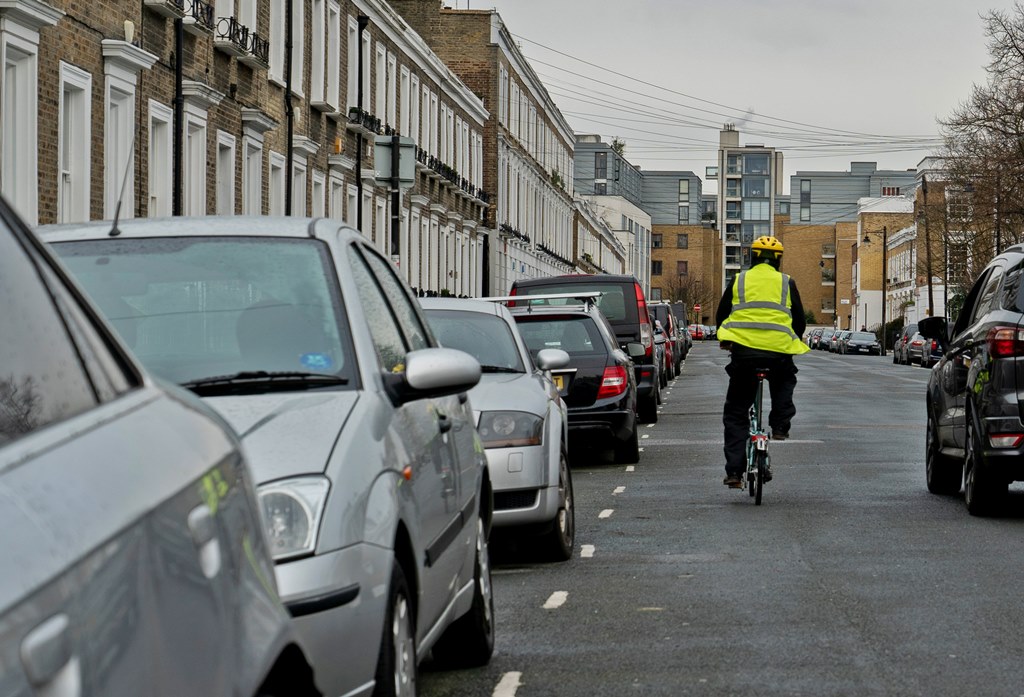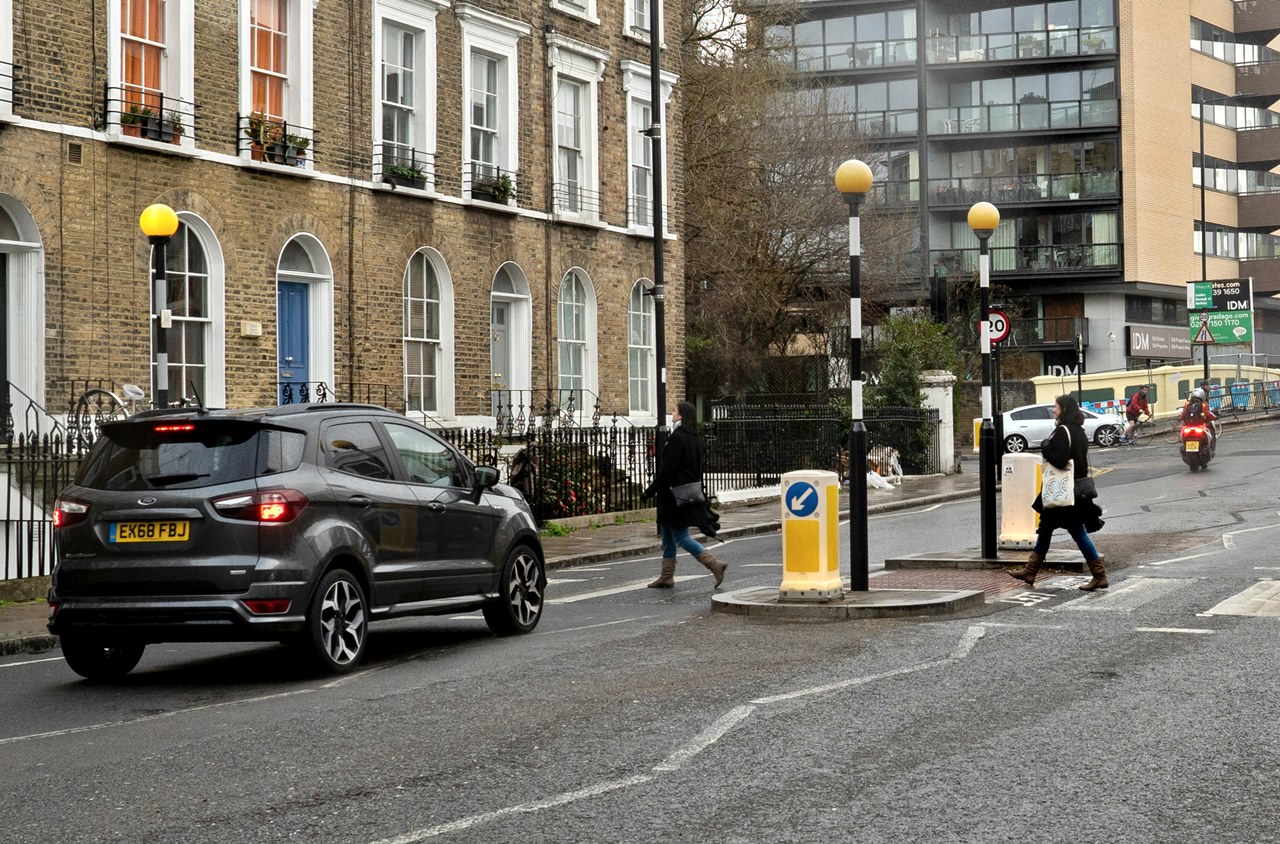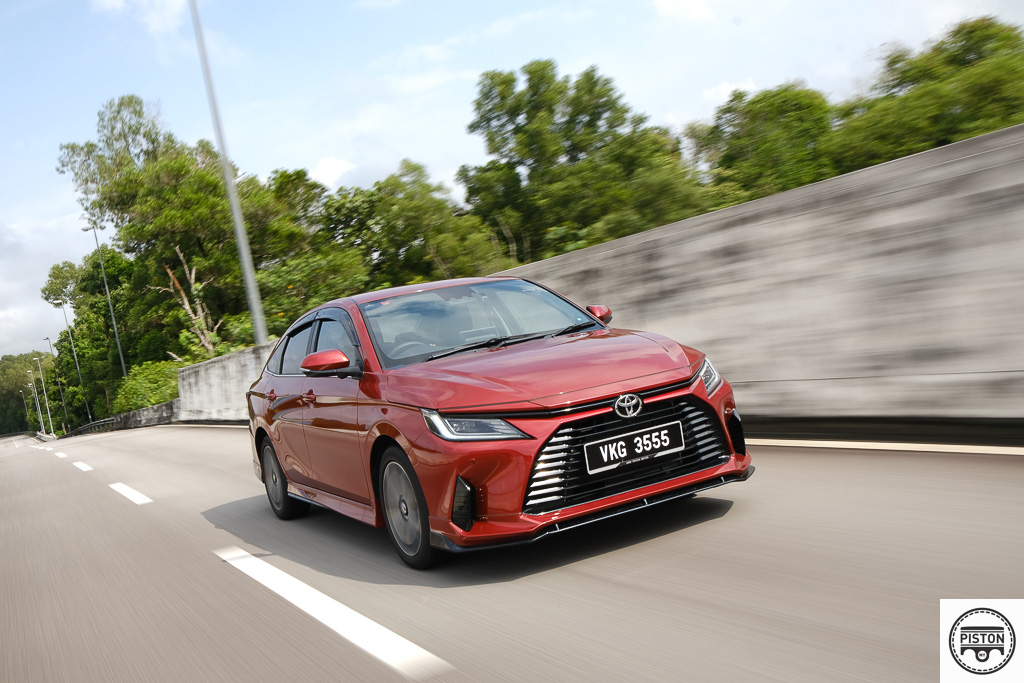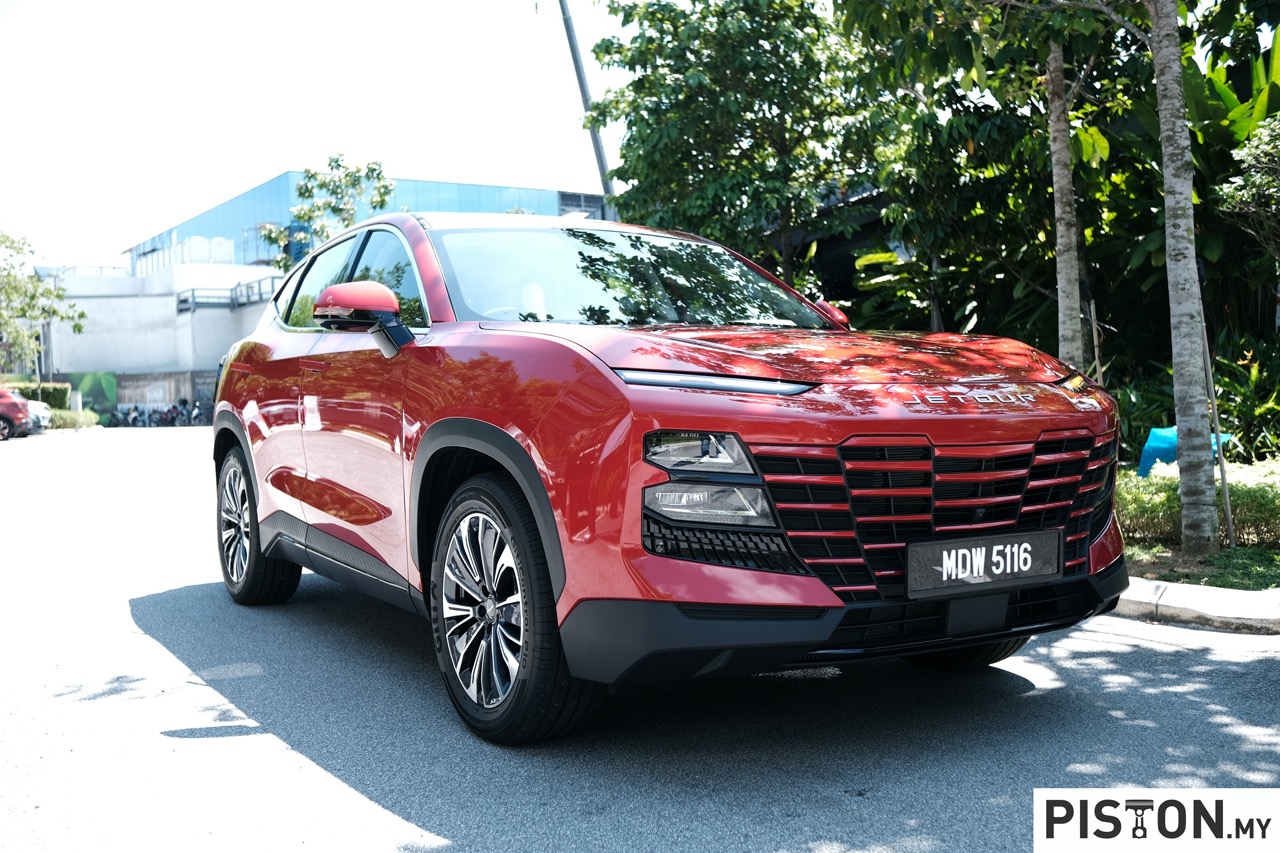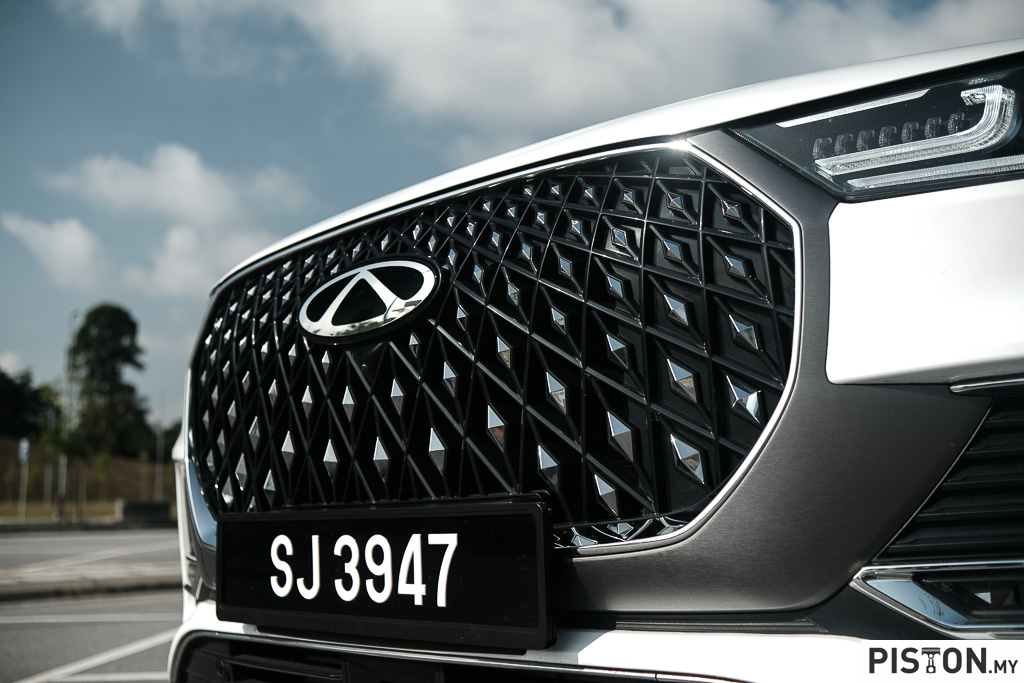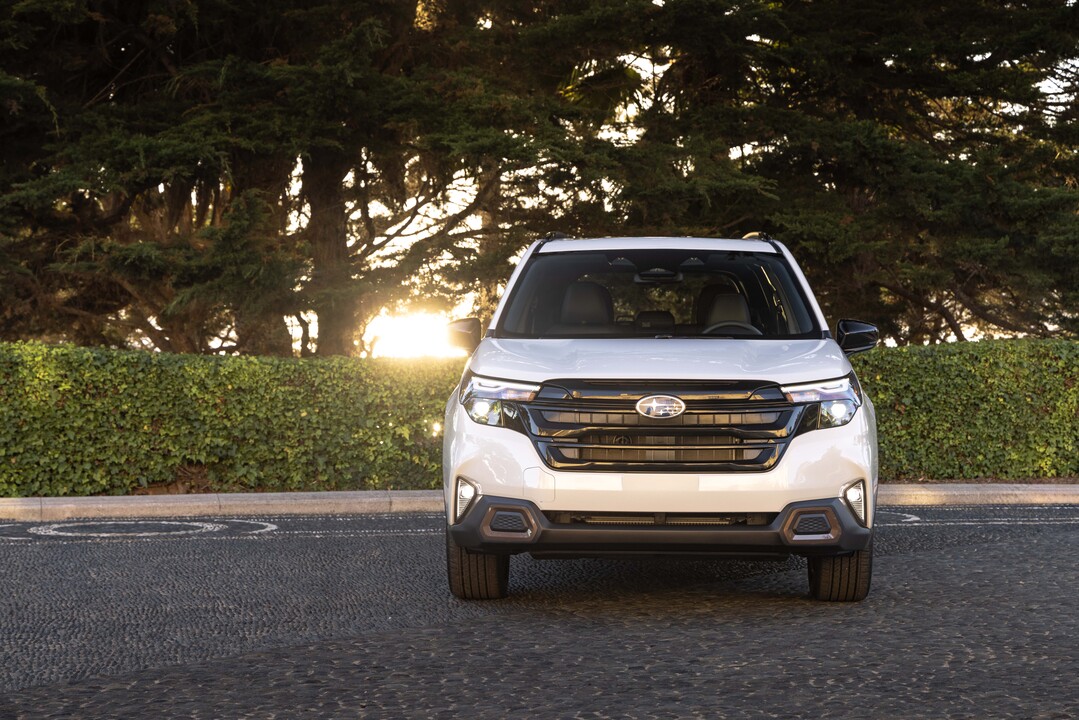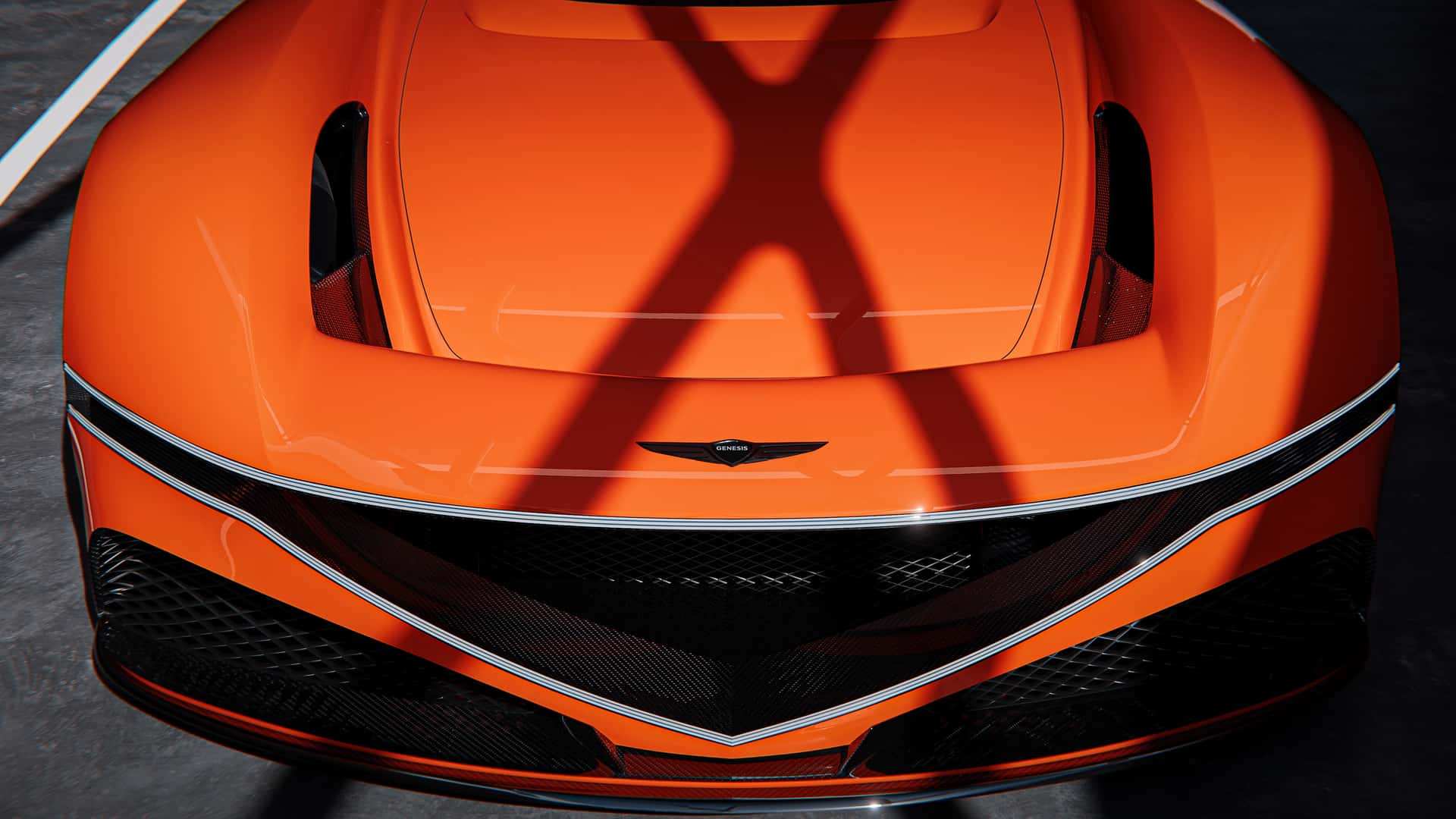The Highway Code that provides information and guidance for road-users in Great Britain was first published in 1931. Prepared by the British Department of Transport, it has been regularly updated as times have changed and so has the auto industry. While much of the Highway Code is to advise road-users, some items are also legal requirements.
Yesterday saw a major update to the Highway Code coming into force in England, Scotland and Wales with 9 sections updated, incorporating 50 new or amended rules.
The most significant guidance introduces a hierarchy of the types of road-users which aims to ensure that the most vulnerable are protected. Before, it was simply understood that ‘the bigger vehicle has a greater responsibility to ensure the safety of the smaller vehicle or road-user’.
Now, the updated Highway Code is more detailed and the hierarchy is based on the group likely to cause most harm in the event of a collision. Thus, the driver of a car would have to give priority to the safety of cyclists and pedestrians, while cyclists must ensure the safety of pedestrians who are near them. This is obviously common sense but now it is properly documented and while there are no specific penalties, accidents will be dealt with in accordance with prevailing laws.
The hierarchy in the Highway Code is not biased towards any group and basically emphasises responsibility to look out for other road-users. Especially in shared spaces, more advice is given where cyclists should not overtake people walking but at the same time, pedestrians should also not obstruct paths. Cyclists are permitted to cycle two abreast but are advised to be considerate to other road-users when in groups.
Motorised vehicle drivers are required to take extra care when approaching a roundabout, with priority given to cyclists. In fact, it appears that cyclists are better protected and this is perhaps in view of their growing number on roads. However, the Highway Code also advises cyclists to ensure they are as visible as possible and they are allowed to ride in the centre of lanes on quiet roads, in slower-moving traffic and at the approach to junctions.
There is also new guidance on overtaking cyclists: at speeds of up to 50 km/h, there should be a gap of at least 1.5 metres and should the speed be higher, then the gap should be greater. When cyclists are heading straight ahead at a junction, they can have priority over traffic waiting to turn into or out of a side road, unless road signs or markings indicate otherwise.
Those who have been to Britain will know that motorists are very respectful of pedestrian crossings or zebra crossings, unlike Malaysia where pedestrians sometimes have to take risks because cars will not bother to stop. In Britain, cars will stop when a pedestrian steps onto the crossing or even puts a foot out to indicate the intention. Now the update asks motorists to come to a stop if they see a pedestrian waiting to cross.
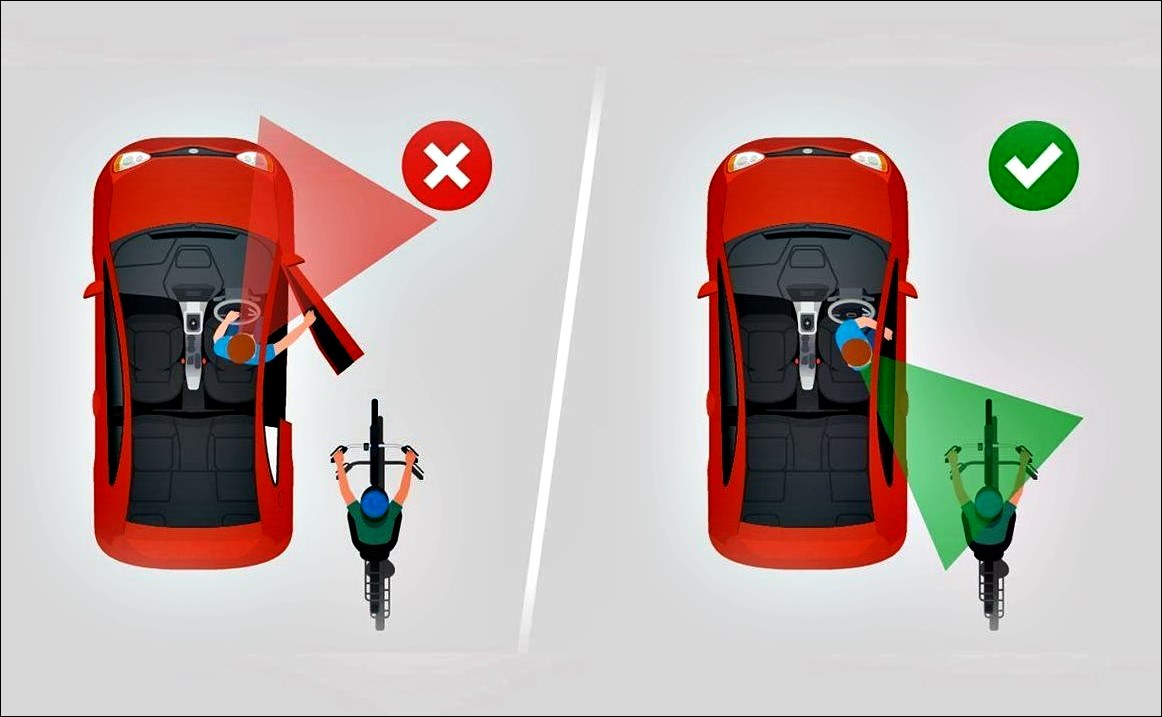
An interesting new guidance is about opening doors. This is to reduce the chance of the door opening as a cyclist or motorcyclist approaches. The occupant is advised to do what is known as the ‘Dutch reach’ where they use the hand further away from the door to open the door. This means that the driver (in the right seat) should use his or her left hand to open the door, instead of the right hand which most people would use. This would force the driver to turn their body around more and put them in a position to notice other road-users approaching.
And as evidence of how the Highway Code evolves with changes in the auto industry, motorists using electric vehicles are advised to park closely to the public charging stations so that the cables do not cause pedestrians to trip.
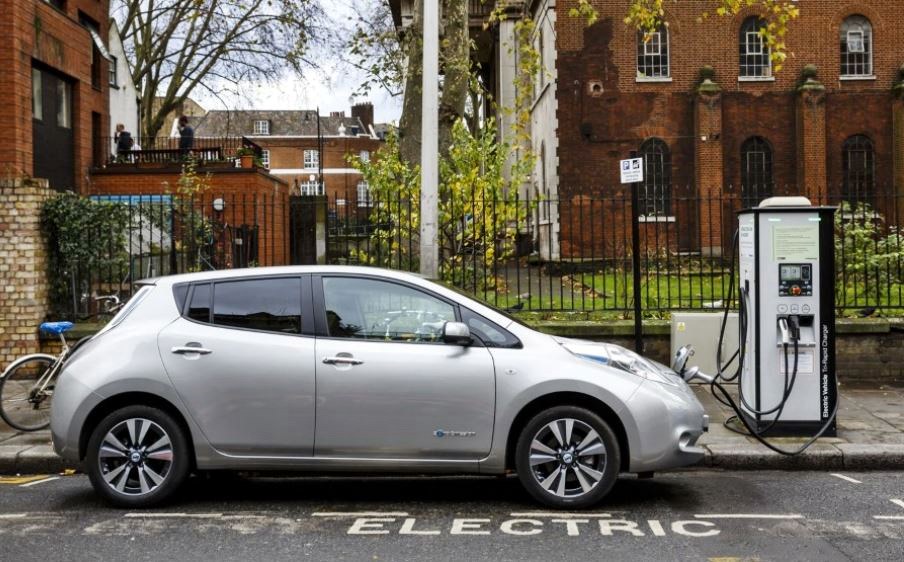
Malaysia too has had a Highway Code for decades and it is the basis of the exam (now computerised) for those who take tests for their driving licence. It has at least been updated a bit since it does not contain hand signals for drivers which was in the Highway Code older drivers referred to.
Data for Road Safety initiative in Europe provides advance warning of dangers ahead




